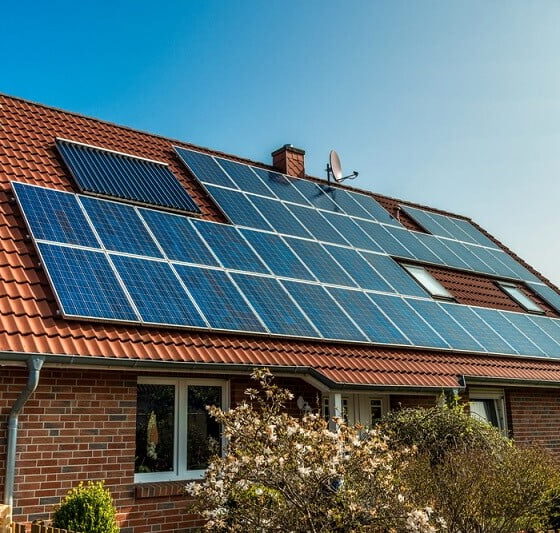

Energy
Can Solar Panels Overheat?
Solar panels are a growing trend in sustainable energy. They are particularly popular in areas like California, where the sun is constantly shining and solar panels can shred utility bills to the bones. Many government programs offer tax credits if you install solar panels that help you foot the hefty cost of the upgrade.
For example, if you install solar panels in NY, you can get a tax credit of 25 percent of the total installation cost. That’s a hefty rebate that can help your tax return significantly.
Once you’ve installed your solar panels, you’ll want to take proper care of them to avoid expensive problems. The maintenance is not easy or cheap, so it’s best to be conscientious in your care of the panels.
You should know that solar panels that get too much heat can overheat. It’s a design flaw that engineers are working to correct, but for the time being, it’s important for the owners of solar panels to understand how to handle this problem.
The temperatures of solar panels
Solar panels installed on a residential home are typically tested for optimum efficiency at 77 degrees F. Ultimately, you want to aim for an exterior temperature range of 59 to 95 degrees.
But it’s unrealistic for solar panels to maintain this range naturally, particularly in hot environments where the sun shines 75 percent of the time. With the sun beating down on them, they can get to well above 100 degrees.
Most solar panels are built to withstand heat up to 149 degrees. At that point, solar-cell efficiency will begin to decline significantly, and it likely won’t retain any more heat. If you were to touch these panels at this temperature or beyond, it could burn your skin slightly. Plus, your energy efficiency falls by about 60 percent.
The amount of heat the solar panels can withstand varies, based on the manufacturer and the type of panel being used. Typically, industrial solar panels are designed to handle more heat than those in the residential sector. Once your solar panels surpass the optimum range of efficiency, they’ll begin to lose energy, no matter how they were designed.
Factors that affect overheating
Certain factors relating to installation can increase solar panels’ propensity to overheat. For example, a dark-colored roof will retain more heat than a light-colored one, similar to the way that asphalt retains more heat the concrete. Solar panels installed near these dark-colored shingles will increase the temperature.
The photovoltaic (PV) cores will also influence panels’ ability to retain energy. Certain protections installed around the PV cells will reduce its likelihood to overheat and lose efficiency. Some are more prone to energy loss than others, but all solar panels will lose some energy when the temperatures get too high.
Preventing efficiency issues from overheating
When your solar panels overheat, there are some things you can do. Start with the installation. It’s better to install them over a light-colored roof for less heat absorption. Installing them several inches above your roof instead of lying flat on top also decreases overheating issues because it allows air to flow in between and helps cool it down.
There’s also a new innovation called thin film panels that are supposed to help the temperature coefficient rating (the likelihood it will overheat). It can be applied to most solar panels to assist in energy efficiency.
You can also cover your solar panels on days when the weather is expected to be too hot. Many solar panel owners in hot climates such as Arizona let their solar panels collect energy for a few hours in the morning and evening and cover them during the hottest part of the day.


 Environment10 months ago
Environment10 months agoAre Polymer Banknotes: an Eco-Friendly Trend or a Groundswell?

 Environment12 months ago
Environment12 months agoEco-Friendly Home Improvements: Top 7 Upgrades for 2025

 Features9 months ago
Features9 months agoEco-Friendly Cryptocurrencies: Sustainable Investment Choices

 Features10 months ago
Features10 months agoEco-Friendly Crypto Traders Must Find the Right Exchange

















